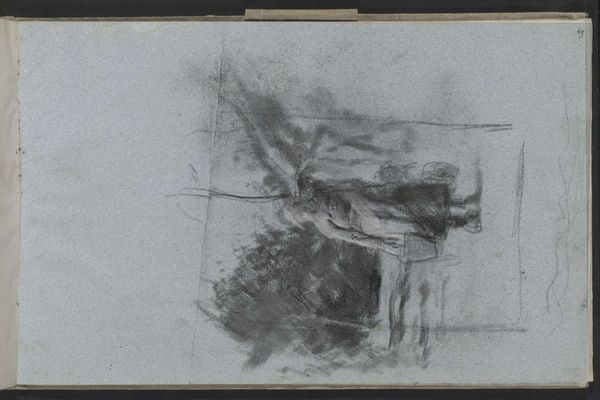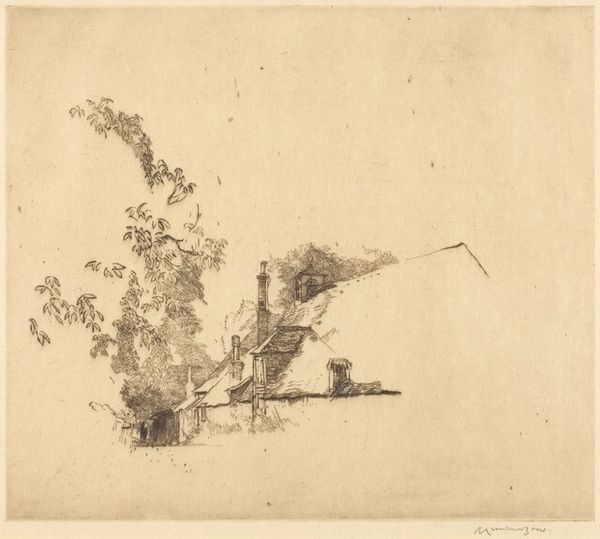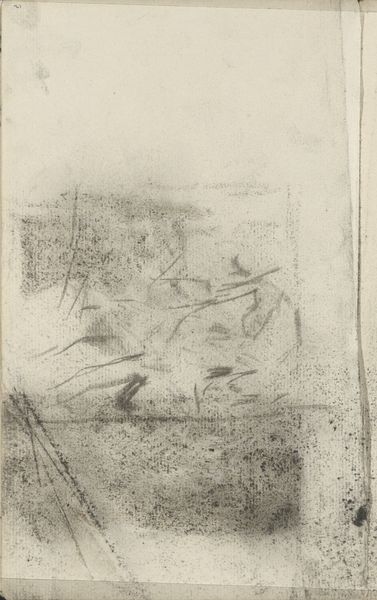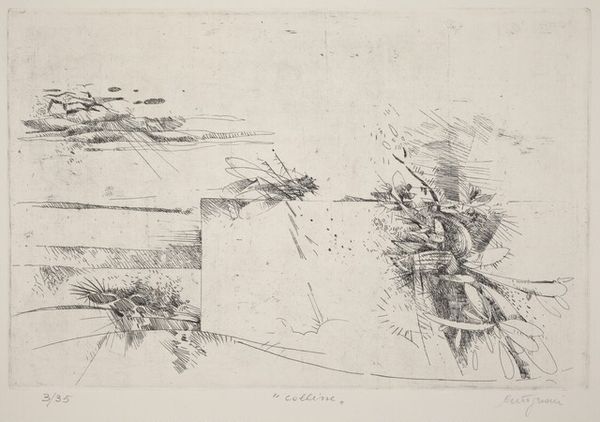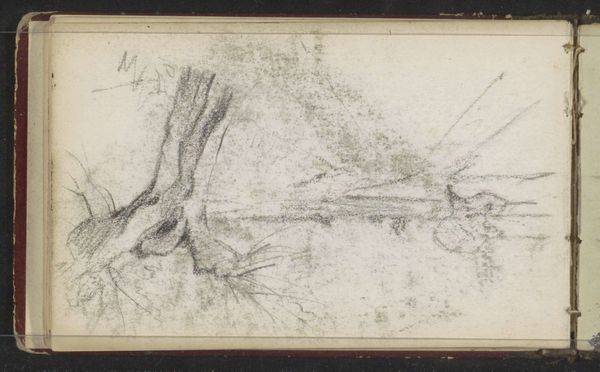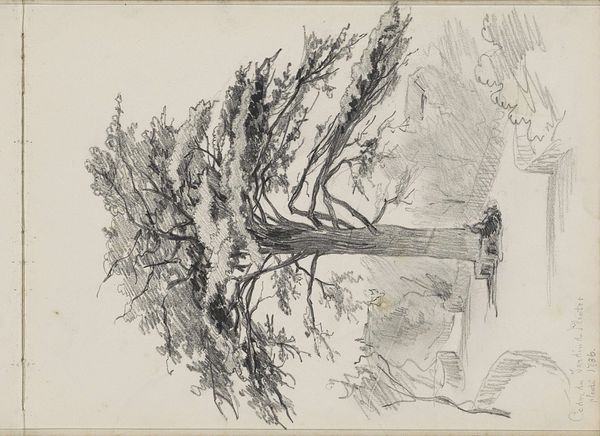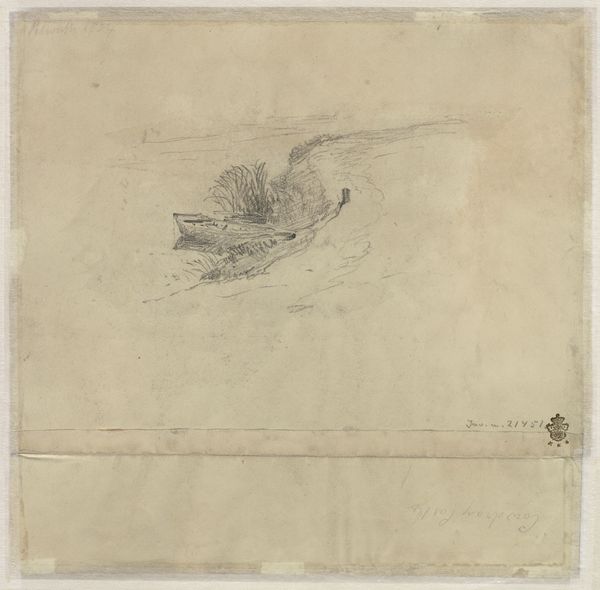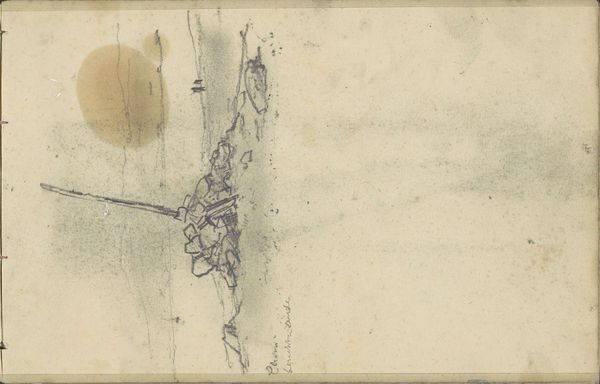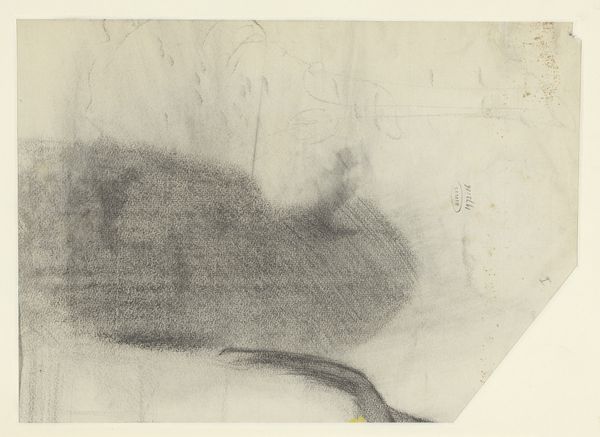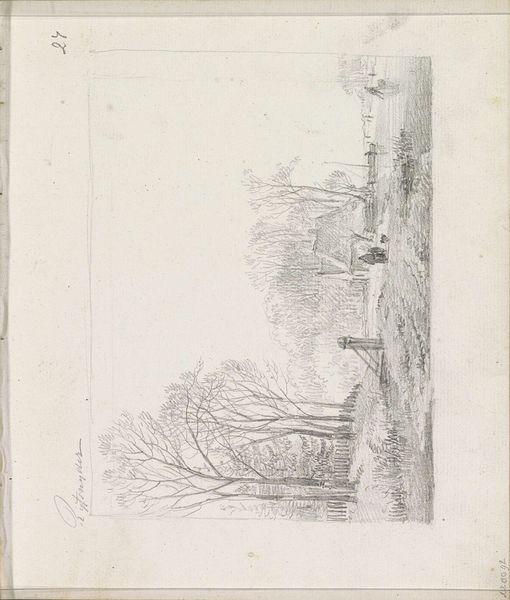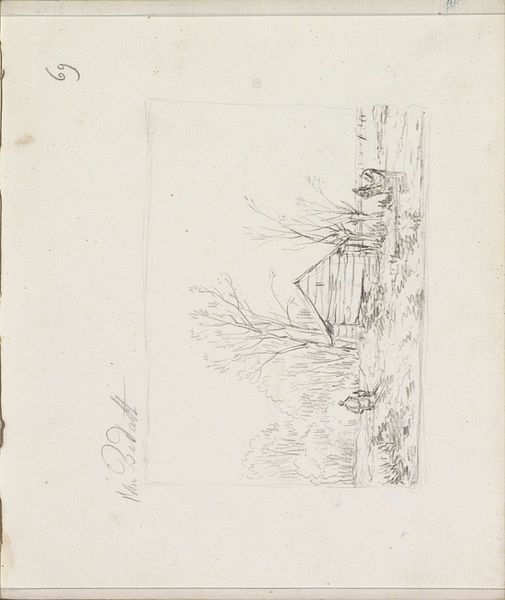
print, etching, graphite
# print
#
etching
#
graphite
Dimensions: plate: 21.5 x 24.1 cm (8 7/16 x 9 1/2 in.) sheet: 33.7 x 43.7 cm (13 1/4 x 17 3/16 in.)
Copyright: National Gallery of Art: CC0 1.0
Curator: Giancarlo Tognoni created this print, titled "Natura morta," in 1992, using etching and graphite techniques. Editor: Hmm. It feels a little haunted, doesn't it? Sparse and skeletal, like finding bones in an attic. It's delicate, but melancholy, a fading memory somehow solidified. Curator: The title, of course, translates to "Still Life." It invites us to consider how conventional artistic categories reflect cultural assumptions, especially given Tognoni’s ghostly take on the traditional subject matter. Considering, too, the use of etching, a medium deeply rooted in the history of printmaking and reproduction, this could be considered an exercise in re-imagining genre painting. Editor: I'm stuck on "haunted." Look at the textures; it feels almost as though it's actively disintegrating as we look at it! Those frantic graphite scratches barely contain these phantoms of foliage. It's the feeling of impermanence turned into tangible form, right? Curator: I think that is partially true, but I also wonder how we can connect it to larger conversations about environmental degradation and memory. How do we remember what has been lost, both personally and collectively? Still lifes often represent the bounty of the earth; how might Tognoni be making a statement about loss? Editor: Maybe it's less a statement and more a… reckoning. A visual elegy? Something quiet and internal. These sparse, fragile forms—are they fading from the plate, or from our collective consciousness? What happens when the very essence of a "still life"—life itself—begins to recede? Curator: Absolutely, I agree. I find it particularly interesting to explore Tognoni’s choice to work in the traditional genre, specifically to make commentary of something slipping from our hands, out of frame. Editor: You know, thinking about it… the linear quality and grayscale remind me of photogravure. There's this sense of technological distancing... a world viewed secondhand, filtered through machinery. Maybe that is where it connects with climate and mass-production discourse, this very modern disconnect, made with archaic methods! Curator: Well, on that note, it appears our time’s up! I certainly appreciate your personal insights, and the way you were able to bring that all together for our listeners today. Editor: Thanks, me too. That one kinda rattled around in my brain! Hopefully the listeners felt a bit of that delicious, spectral energy too.
Comments
No comments
Be the first to comment and join the conversation on the ultimate creative platform.
